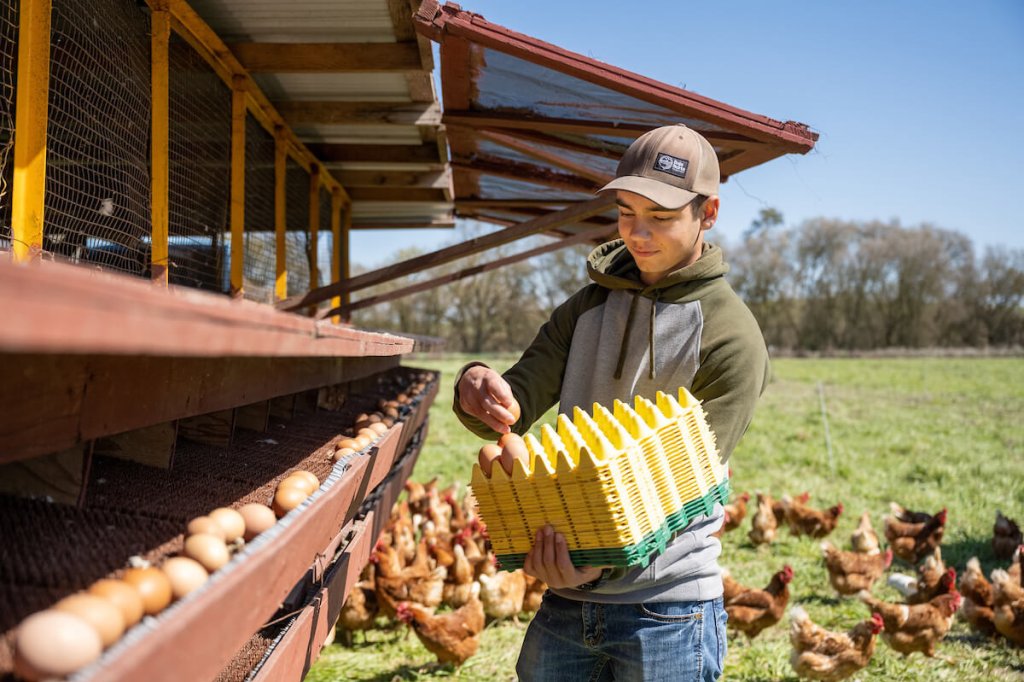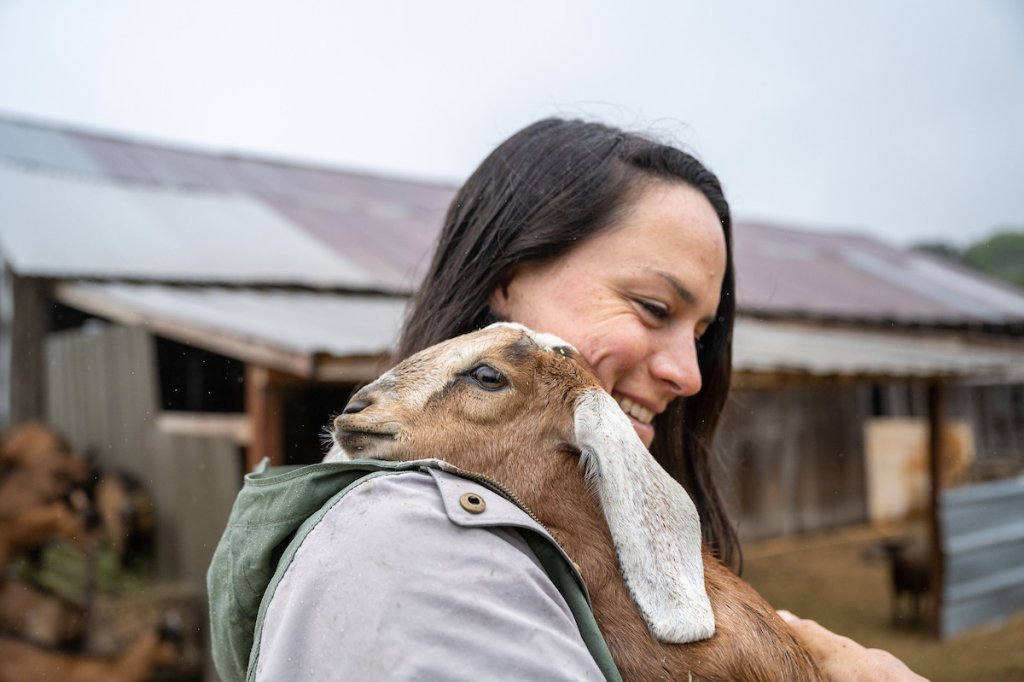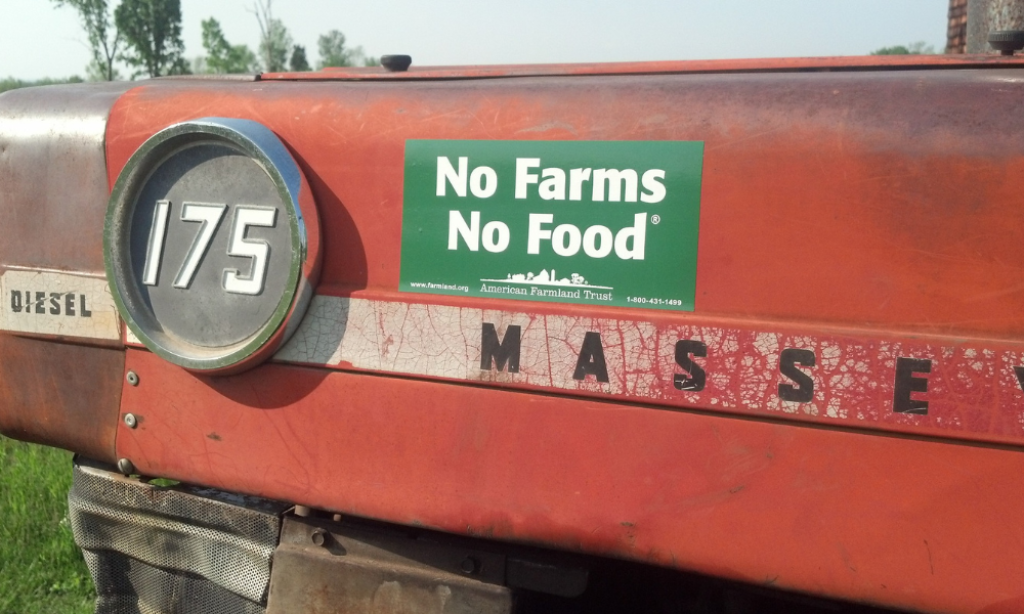Working Together Towards 50 Million Acres of Cover Crops
“We abuse land because we regard it as a commodity belonging to us. When we see land as a community to which we belong, we may begin to use it with love and respect.” Aldo Leopold, 1949. That quote appears in A Sand County Almanac, Leopold’s seminal book, and what inspired me to start down the road of biology and environmental sciences. Learning about the concept of ecosystem services and the benefits nature provides to human survival intrigued me to explore the connection between these services and agriculture. Ecosystem services are categorized into four groups: provisioning, supporting, regulating, and cultural services. In agriculture, these breakdown as:
Provisioning services – Nature as a general store, providing food, water, and raw materials.
Regulating services – Nature as a skilled balancer, maintaining equilibrium through flood control, climate regulation, and even disease prevention.
Supporting Services – Nature as the unsung hero, creating support through natural processes like soil formation, nutrient cycling, and pollination, all resulting in tangible human benefits.
Cultural Services – Nature as the intangibles that elevate the human experience, recreation, aesthetics, and spiritual connectedness; the feeling of standing in a field at sunset.
The current dominant point of view values provisioning services at the expense of others, which leads to a degradation of not only the soil but also the benefits soil can provide for the environment. Due to the complex interwoven relationship ecosystem services can present, it’s difficult to see how integrating these concepts is possible. This inspired me to begin graduate school at Southern Illinois University, where my research aimed to answer the question of what ecosystem services benefits are gained from conservation practices in agriculture. Learning about the benefits of adopting soil health practices and responsibly stewarding the land would reveal to me what Leopold meant about “the community to which we belong” and discovering the important human role. Thankfully, after graduating, I was able to continue working in this arena with American Farmland Trust as their new Soil Health Specialist in the Midwest.
In my short time at AFT, I have had the chance to travel around the Midwest and attend various conferences where the topic of cover cropping, farmer viability, and conservation agriculture strategies are discussed. In February, the Midwest Cover Crop Council held its annual conference where Dr. Rob Myers spoke about the goal to cover crop 50 million acres of farmland in America, an increase of about 30 million acres based on a report from the University of Missouri’s Center for Regenerative Agriculture. While doubling the current adoption of cover crops may seem ambitious, cover crops have also covered lots of metaphorical ground. Between the 2017 census and the 2022 census, the dialogue surrounding cover crop adoption has gone from whether implementing cover crops in an operation is feasible or even beneficial to how best to optimize the myriad of conservation practices, including cover crops.
Reaching that acreage goal of 50 million will face some constraints and require new partnerships to be fostered, but it will also open opportunities in the farming world. Agriculture retailers and professionals, as the trusted source of information for producers, are key contributors to helping this goal become a reality. That is why it is necessary for conservation to make agronomic sense and offer diverse business opportunities for these retailers. Improving cultivar genetics, expanding seed production, and integrating livestock into cover-cropped fields all help address projected farmer demand. These are just some of the emerging business opportunities that will grow as conservation agriculture matures. Broadening the message and including new audiences in the soil health conversation is more important than ever. If adoption is to increase, the awareness for non-operating landowners and lending institutions of the benefits conservation agriculture promotes is another avenue that will be key for producers to implement these practices on the land.
From my traveling and networking around the region over the last few months, I have seen an eagerness to support and uplift the rare opportunity provided by incentive programs aimed at increasing conservation adoption. Seeing the consortium of land trusts, conservancies, academic institutions, extension professionals, the private sector, the non-profit sector, and government bodies come together makes me optimistic. Different backgrounds, goals, strategies, and capacities are forming around rebalancing agriculture’s ecosystem services, a seemingly Sisyphean task that can be realized through working together. I am happy to be working for an organization that is at the interface of all these stakeholders with the opportunity to be the bridge between conservation and agriculture.




